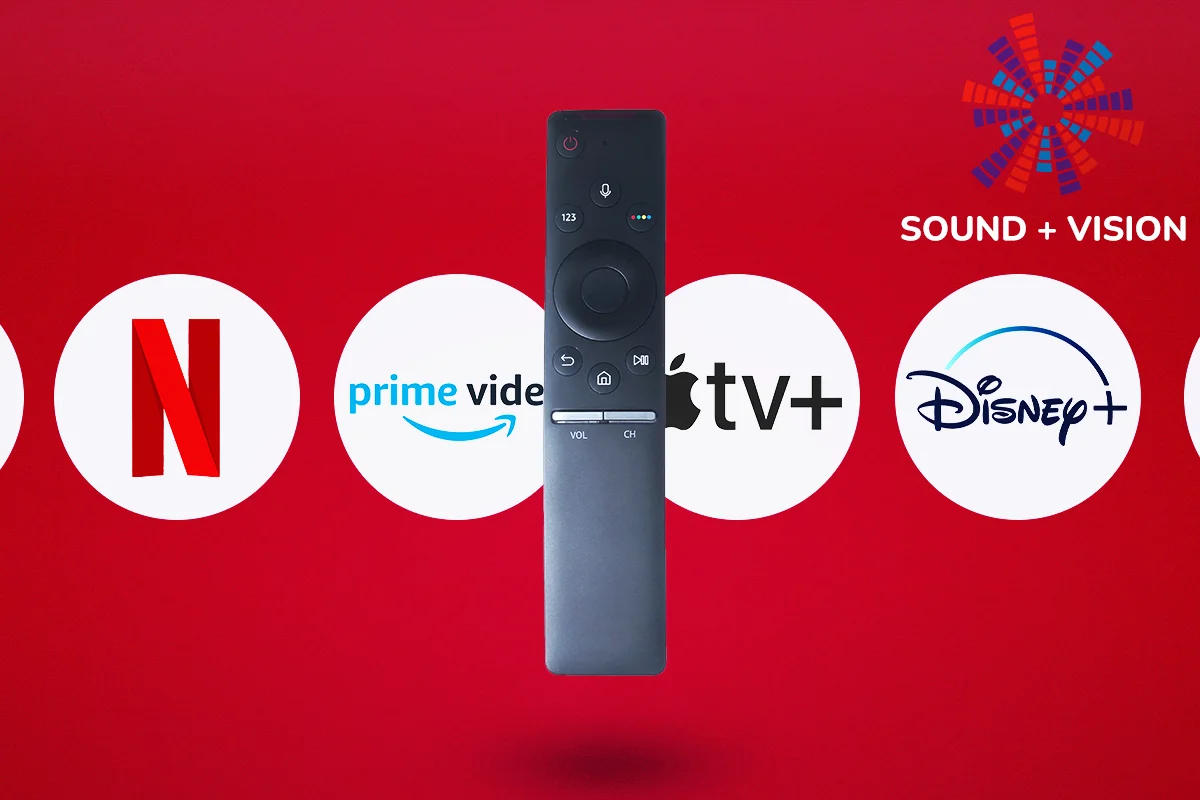Comparing the Technology Used by Netflix, Amazon Prime, Hotstar, and YouTube: CDN, Video Encoding, and ABR
Streaming platforms have become an essential part of our lives, providing us with unlimited access to a vast collection of movies, TV shows, documentaries, and much more. Among the most popular streaming platforms are Netflix, Amazon Prime, Hotstar, and YouTube. In this article, we will compare the technology used by these platforms to deliver their content.
Content Delivery Network (CDN)
CDN is the backbone of streaming platforms. It helps to deliver content to users in a faster and more efficient way by storing content on servers closer to users’ locations. Let’s take a look at the CDN providers used by these platforms.
| Platform | CDN Provider |
|---|---|
| Netflix | Open Connect |
| Amazon Prime | Amazon CloudFront |
| Hotstar | Akamai |
| YouTube | Google Global Cache |
Netflix uses Open Connect, a custom-built CDN, to deliver its content. Amazon Prime uses Amazon CloudFront, Hotstar uses Akamai, and YouTube uses Google Global Cache (GGC).
Video Encoding
Video encoding technology is responsible for compressing the video without losing its quality. The choice of video encoding technology can have a significant impact on the user’s streaming experience. Let’s compare the video encoding technology used by these platforms.
| Platform | Video Encoding Technology |
|---|---|
| Netflix | AV1 |
| Amazon Prime | H.264 |
| Hotstar | H.264 |
| YouTube | VP9 |
Netflix uses AV1, a next-generation video codec developed by the Alliance for Open Media. AV1 is designed to provide high-quality video with low bandwidth requirements. Amazon Prime and Hotstar use the widely used H.264 video codec. YouTube uses VP9, an open-source video codec developed by Google. VP9 is designed to provide high-quality video with low bandwidth requirements, similar to AV1.
Adaptive Bitrate Streaming (ABR)
ABR is responsible for adjusting the video quality based on the user’s internet connection. It helps to ensure that users get the best streaming experience regardless of their internet speed. Let’s take a look at the ABR technology used by these platforms.
| Platform | ABR Technology |
|---|---|
| Netflix | DASH |
| Amazon Prime | HLS |
| Hotstar | HLS |
| YouTube | MPEG-DASH |
Netflix uses DASH (Dynamic Adaptive Streaming over HTTP) to adjust the video quality based on the user’s internet connection. Amazon Prime and Hotstar use HLS (HTTP Live Streaming). YouTube uses MPEG-DASH, an adaptive streaming standard developed by the Moving Picture Experts Group (MPEG).
Conclusion
In conclusion, all these platforms use CDNs, video encoding technology, and ABR to deliver their content to users. However, the CDN providers, video encoding technology, and ABR technology they use differ. Netflix uses its custom-built CDN and AV1 video encoding. Amazon Prime and Hotstar use Amazon CloudFront and Akamai and H.264 video encoding. YouTube uses Google Global Cache and VP9 video encoding. All platforms use ABR to deliver seamless streaming to their users, but the ABR technology used by each platform differs. Netflix uses DASH, Amazon Prime and Hotstar use HLS, and YouTube uses MPEG-DASH. Understanding the technology used by these platforms can help you choose the best streaming platform for your needs.

